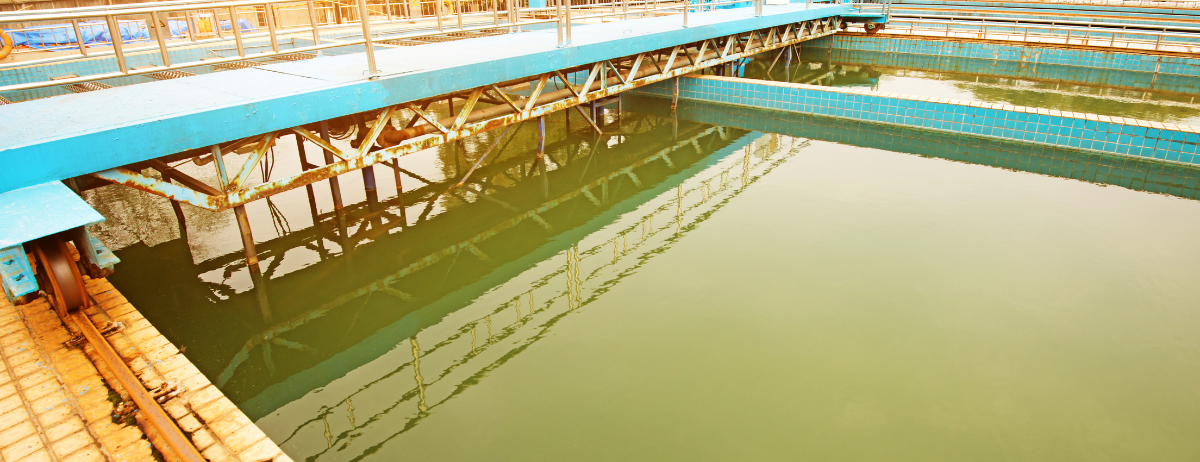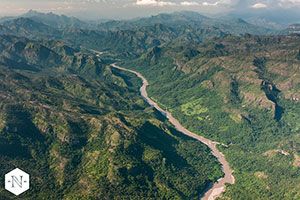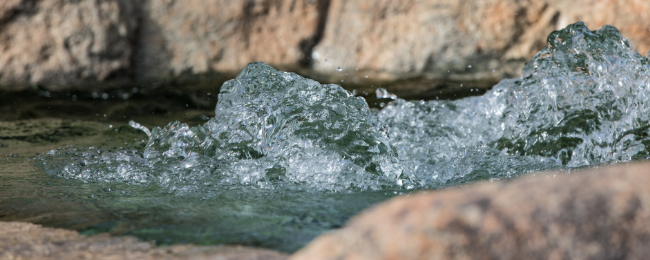Lake Superior, other Great Lakes among world’s fastest warming lakes
07 enero 2016The decline of Great Lakes ice cover over the past several decades is contributing significantly to the rate of increase of summer water temperature, the study said.
The data also shows the world's lakes are warming faster than the air around the lakes.
The study, published in the Geophysical Research Letters, finds that Lake Superior is warming the fastest of any of the Great Lakes.
The downside to warming waters is a more rapidly changing Great Lakes ecology. Warmer waters can negatively effect some native Great Lakes species, and increase invasive species.
Lake Superior is warming at a rate of 2.1°F per decade, according to the study.
Northern Lake Michigan is warming 0.4°F per decade, while southern Lake Michigan is warming at 0.76°F.
Northern Lake Huron is warming faster than southern Lake Huron. Northern Lake Huron is warming at a rate of 1.5°F and southern Lake Huron .79°F.
Lake Ontario is warming at .59°F per decade.
Lake Erie has been the slowest to warm at 0.15°F per decade.
The study looked at data from 1985 to 2009. It used satellite data, and actual water and air temperature measurements from buoys on the Great Lakes.
One would think the water would warm at the same rate as the air above it. The study showed this is not the case. Great Lakes water temperatures are actually rising about 50 percent faster than the overlying air temperatures.
An increasing number of ice-free days on each Great Lake are a major culprit in the warming, the study said. Lack of ice causes summer stratification of the water to occur earlier in the summer. Once summer stratification occurs, Great Lakes waters can warm faster on the surface.
Summer stratification means the water is warmer on the top surface of a lake, and then gets colder in gradually deeper water. This stratification develops during the spring and early summer. Coming out of winter, the surface water is coldest, and maybe ice covered, and the water gets warmer as you go to deeper depths. The temperature pattern then flip-flops heading into summer.
An older study found that this summer stratification is occurring nearly 14 days earlier in the last 27 years.
Although 2.1°F warming over a decade may not sound like a lot, that's a 4.5°F water temperature rise on Lake Superior since 1979.
18 de diciembre del 2015
Fuente: MLIVE
Mark Torregrossa
Artículos relacionados
Otras Publicaciones
 Nacional
Nacional
Sinaloa-Planta potabilizadora de agua de Miravalles entra en paro técnico; afectada la zona norte (El Sol de Mazatlán)
15 diciembre 2025 Internacionales
Internacionales
Mundo-Advierten que los incendios forestales multiplican los riesgos de contaminación del agua subterránea (Infobae)
15 diciembre 2025 Nacional
Nacional



